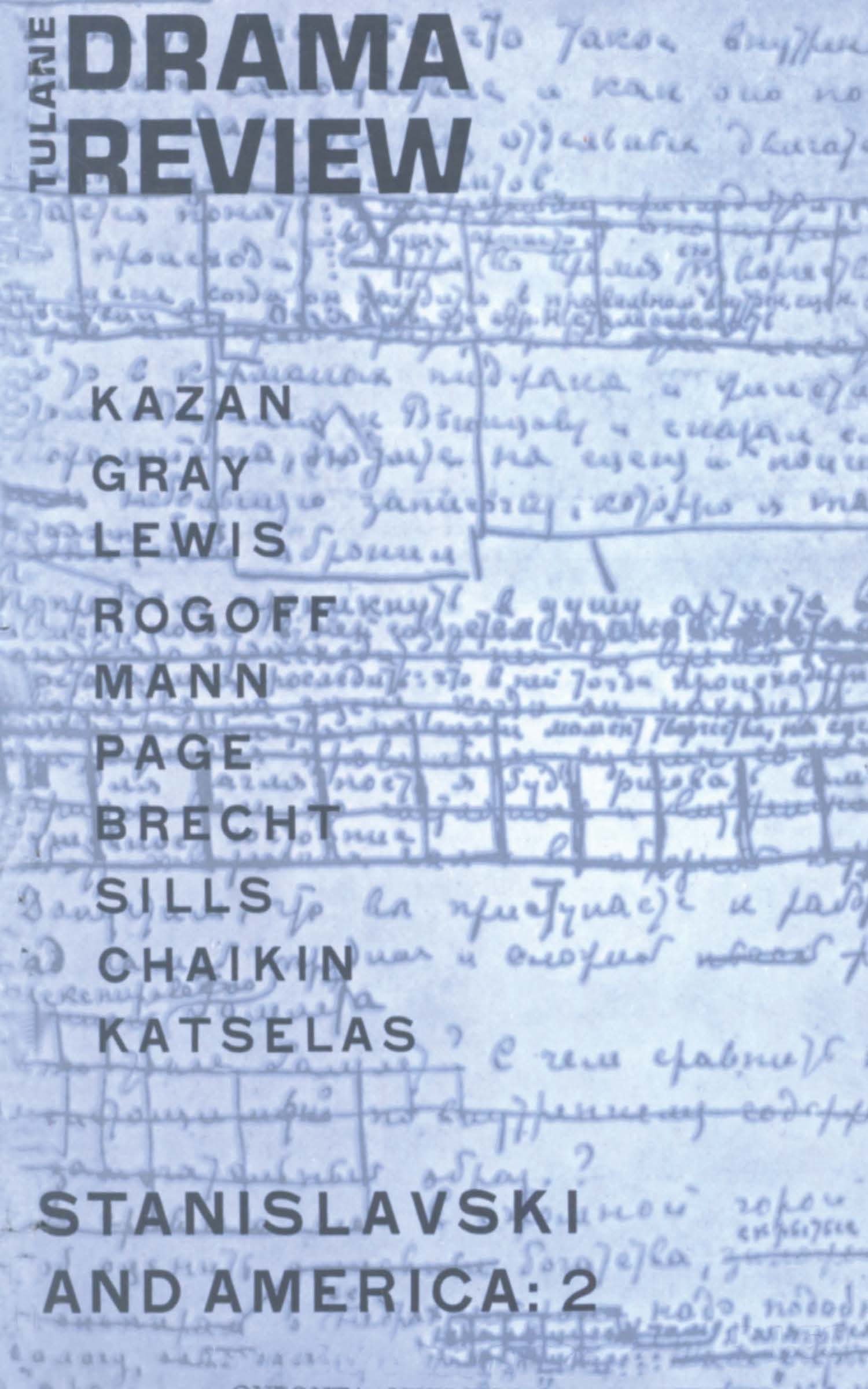No CrossRef data available.
Article contents
Shakespeare with Tears
Published online by Cambridge University Press: 14 February 2022
Extract
We enter the theatre. There is no curtain. A raked stage extends well beyond the formal proscenium arch, reaching in almost desperate appeal to the potential responsiveness of the audience. We see what appears to be an enormous, high-beamed gallery, a candle chandelier hanging over a floor of heavy oak boards, supporting only the barest of furnishings, surrounded on three sides by towering, dark, red-brick walls, with a delicately curtained archway breaking the upstage center wall. This is the only suggestion of mobility in the entire set. All else is weighted, durable, lived-in, lending the atmosphere a peculiar, autumnally-colored sense of permanence. This room, we feel, is definitely in a theatre, but just as surely it has known life, an existence away from us, somewhere remote, in a past that we had comfortably connected only with the pleasing unreality of history. Like most English rooms, it seems to be weathered by a stern assumption that winter belongs inside as much as out.
- Type
- Research Article
- Information
- Copyright
- Copyright © The Tulane Drama Review 1964
References
1 He may well have been when the production was first presented in 1960 with the late Charles Laughton in the role. The Royal Shakespeare Theatre is, however, a repertory house, in which shifts and changes are often made within a basic production scheme from season to season. This Dream, I am assured, is an example of something old made new.
2 Collection “Les Temps Modernes.” Paris: Juilliard.
3 October 20, 1963.
4 The Theatre and Its Double, pp. 76-77, Grove Press.
5 Published in Crucial Years, pp. 14-19, by Max Reinhardt, Ltd., for the Royal Shakespeare Company.
6 “What About Real Life,” Crucial Years, pp. 20-22.
7 The issue of stage-shapes—proscenium, round, three-quarter, space—should not, strictly, be passed over lightly here. Temporarily, then, I offer two views: that Shakespeare's verbal theatre demands minimal movement, and therefore, Dr. Guthrie's choice, characteristically, strikes unavoidable blows at the poet; secondly, that our internal problems with Shakespeare are too pressing now to be side-tracked into what remain, at best, only external solutions.


